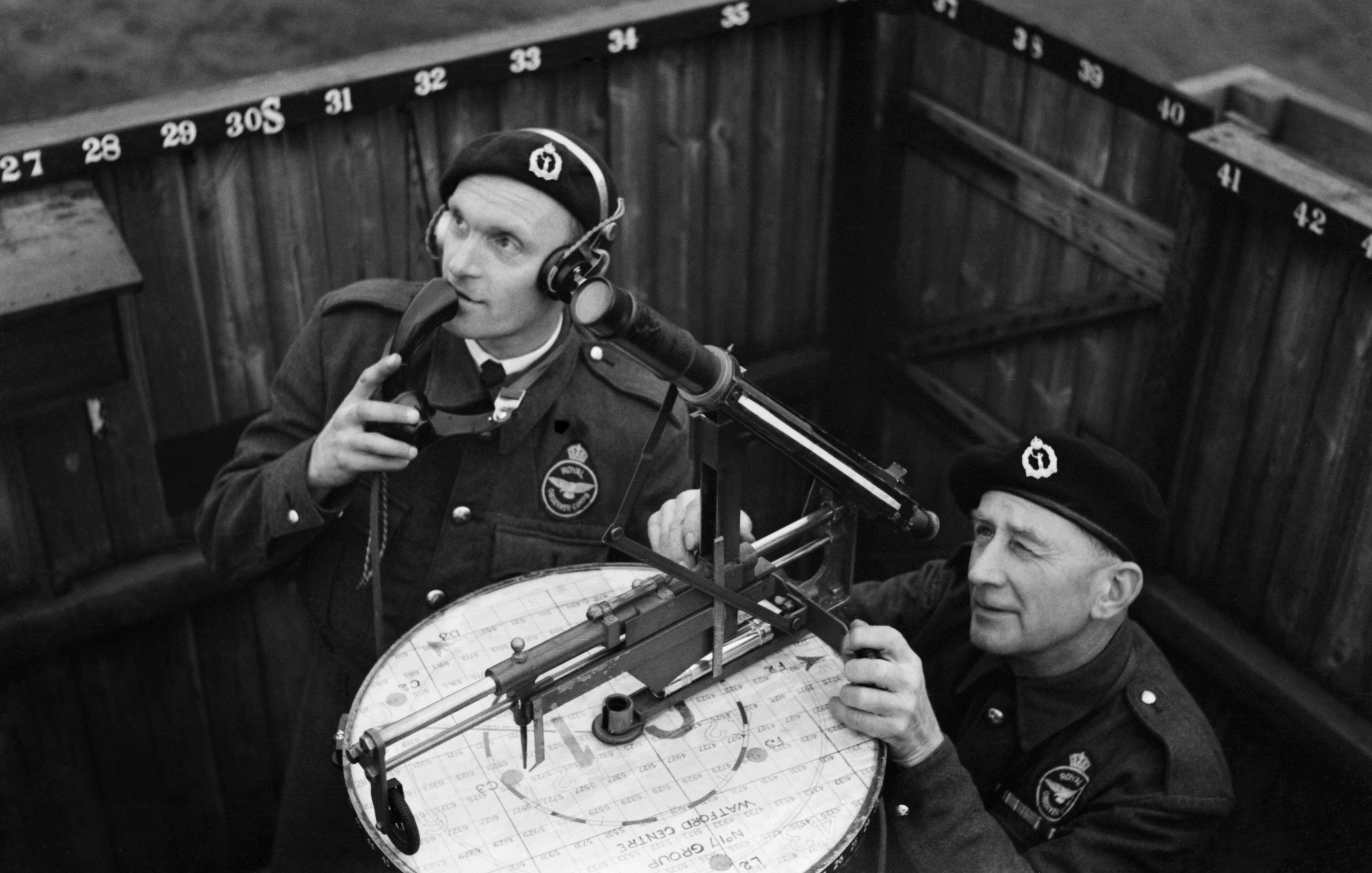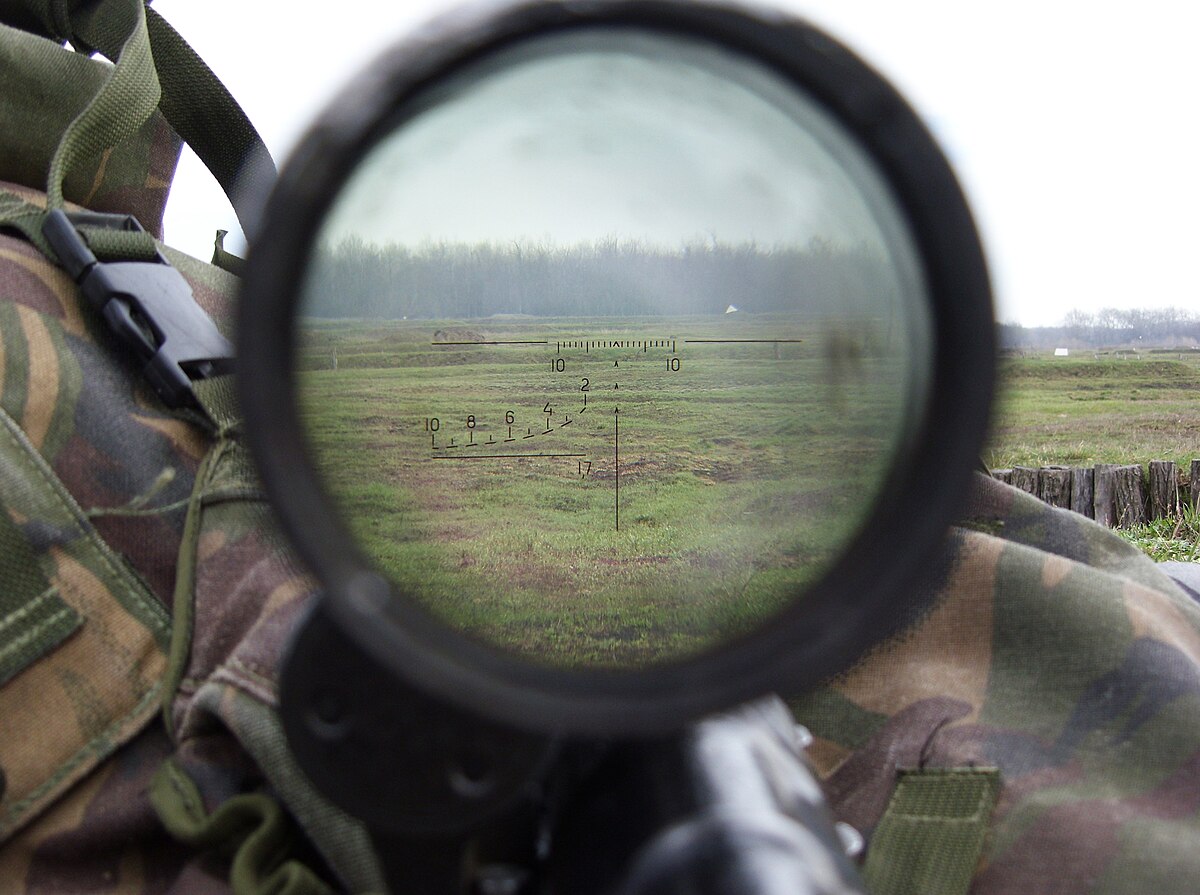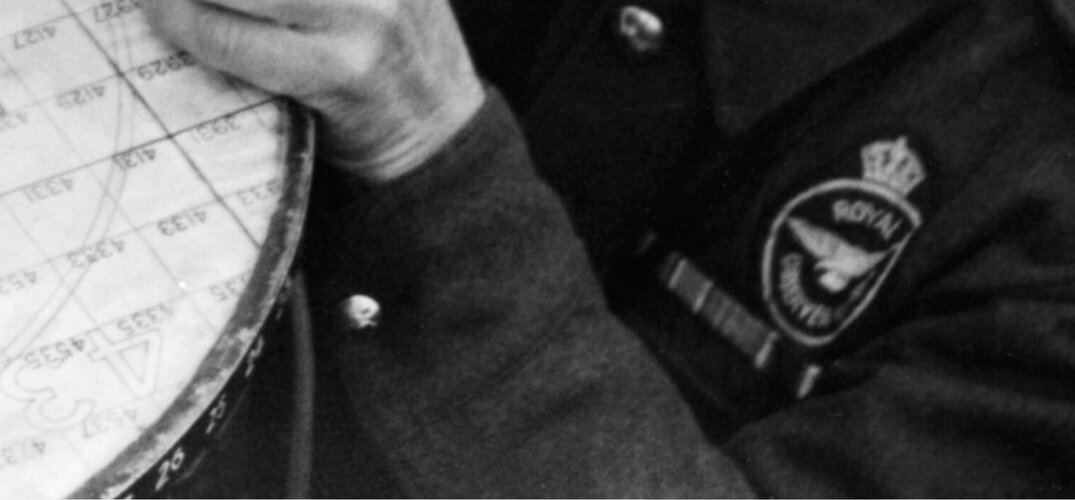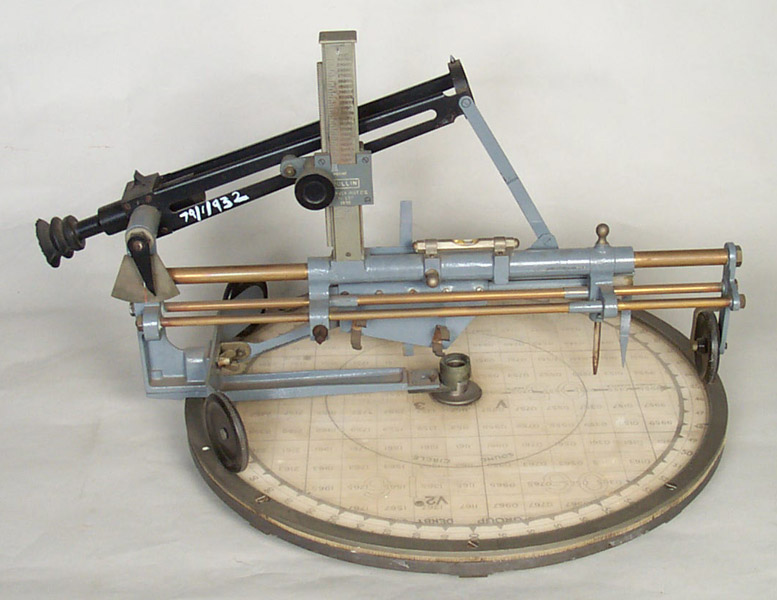Maury Markowitz
From the Great White North!
- Joined
- 27 February 2014
- Messages
- 181
- Reaction score
- 111

I am trying to understand what the numbers painted on the walls of this OC post might be.
The number near S is 30, which implies N is perhaps 60. These would not be degrees or grads, nor any variation of mils that I can think of. Nor does it seem to have any relation to the OS grid numbers on the chart.
Anyone know what this might be?



